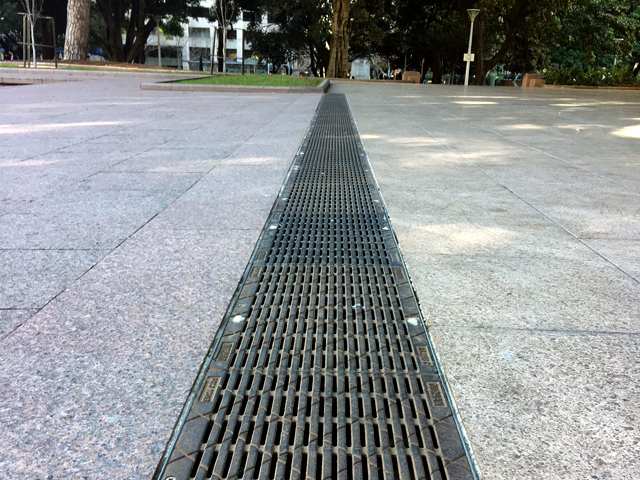
Canal is an artificial channel to carry water from a river or reservoir for irrigation purposes or human needs or navigational operations. The canal always depends on the main reservoir or river. So dams or weirs or lock systems are used to rise up the water level to divert water to canals.
A canal is constructed on the following three basic available water paths which are:
- Human-made streams (artificially created one),
- Canalization and navigation (an existing stream converted into the canal for irrigation or navigation purpose),
- Lateral canals (if canalization is not possible, a second stream is created next or least near to the existing canal).
Classification of Canals
Basically classified into two types
- Productive Canal: Which is used for yield and revenue generation
- Protective Canal: Used as relief canals in a famine area
Classification based on the functions
- Irrigation canals: These are artificial waterways used for irrigation purposes. Irrigation canals bring water from a reservoir or river to the areas to be irrigated.
- Power canals: Power canals used for hydraulic power generation.
- Navigation canals: Used for navigational purposes. The water level need in this canal is quite high compared to other canals. Panama Canal and Suez canal are examples of navigational canal
- Feeder canals: It is also called the supply canal which takes water from sources to the main canal.
Classification based on alignment:
- Ridge Canals: These Canals are aligned along with the natural watershed. It also called a watershed canal. It is also defined as the dividing ridge line between catchment areas of two streams.
- Contour Canals: These are artificially made canal which follows contour lines. These canals have steeper than bed slope and canal locks are provided to maintain the levels.
- Side slope Canals: These canals are aligned right angle to contour. The construction of cross drainage works is not necessary.
Canal Networks
In the irrigation canal, it’s not always possible to carry out water to fields from one main canal. For that subsidiary, branches are made to take out water from the main canal to targeted areas. This is called a canal network system. Different hierarchy in a canal network system is,
- Main canal: conveys water from a reservoir or river
- Branch canal: Takes water from the main canal and feeds distributary
- Distributary canal: Takes water from main/branch canal to lateral canals
- Lateral canal: takes water from distributary canal to field channels
Canal Alignment
- Layout: The canal layout decides the construction economy, areas to be covered, discharge needed. General layout design based on the take-off point of the canal and surrounding contours. In most cases, the canal follows falling contours.
- Bed slope: In flat sloping, non-undulating land the canal will have the same slope as the terrain. But in steep terrain, to avoid high velocity of water flowing drop structure method can be implemented. Whatever the slope, the sudden changes in canal bed slope should be avoided to maintain better flow velocity.
- Bed elevation: Depending upon the nature of the site the canal can be built infill or cut method.
The key factors which decide the bed elevation are, the slope of the canal i.e. sudden changes in canal slope should be avoided. The second factor is the volume of cut should preferably equal the volume of fill. The Third factor is the water level in the canal. The water level in the canal should be 0.10m higher than the level of the field should be irrigated. The water level of secondary channels, which supplies to field channels should 0.5m higher compared to field channels.
Canal Lining
The implementation of irrigation facilities most up all much expensive. So during the construction of the canal, it is very important to protect the canal and reduce the loss of water due to seepage. The lining of the canal can reduce the seepage loss of water to a great extent.
The advantages of canal linings are,
- Water loss can be reduced. In the unlined channel, the water loss due to seepage is more than 50%. Inlined channel water loss is in between 2% to 5%.
- Provide more protection and durability to the canal.
- Prevents the uncontrolled rise in groundwater table which leads to waterlogging
- Maintenance can be reduced to a great extent.
- Lining in canal also helps in maintaining a steady flow and discharge and reduces slit deposit.
Types of Lining
- Stone/concrete blocks masonry lining
- Concrete lining
- Burnt clay/brick lining
- Cement sand lining
- Precast cement concrete/slab lining
Concrete lining method is most commonly used in canal construction. The thickness of the concrete lining depends upon the amount of discharge needed, the type of soil, terrain, durability, repair needed etc. An average of 3.5kg/sqm is used commonly in the concrete lining. Construction joints provided at every 3m intervals and expansion joints at 12.5m c/c with appropriate filler materials.
Also Read: Introduction to Dams


I am looking for canal and Highway box culvert civil work.. please let me know